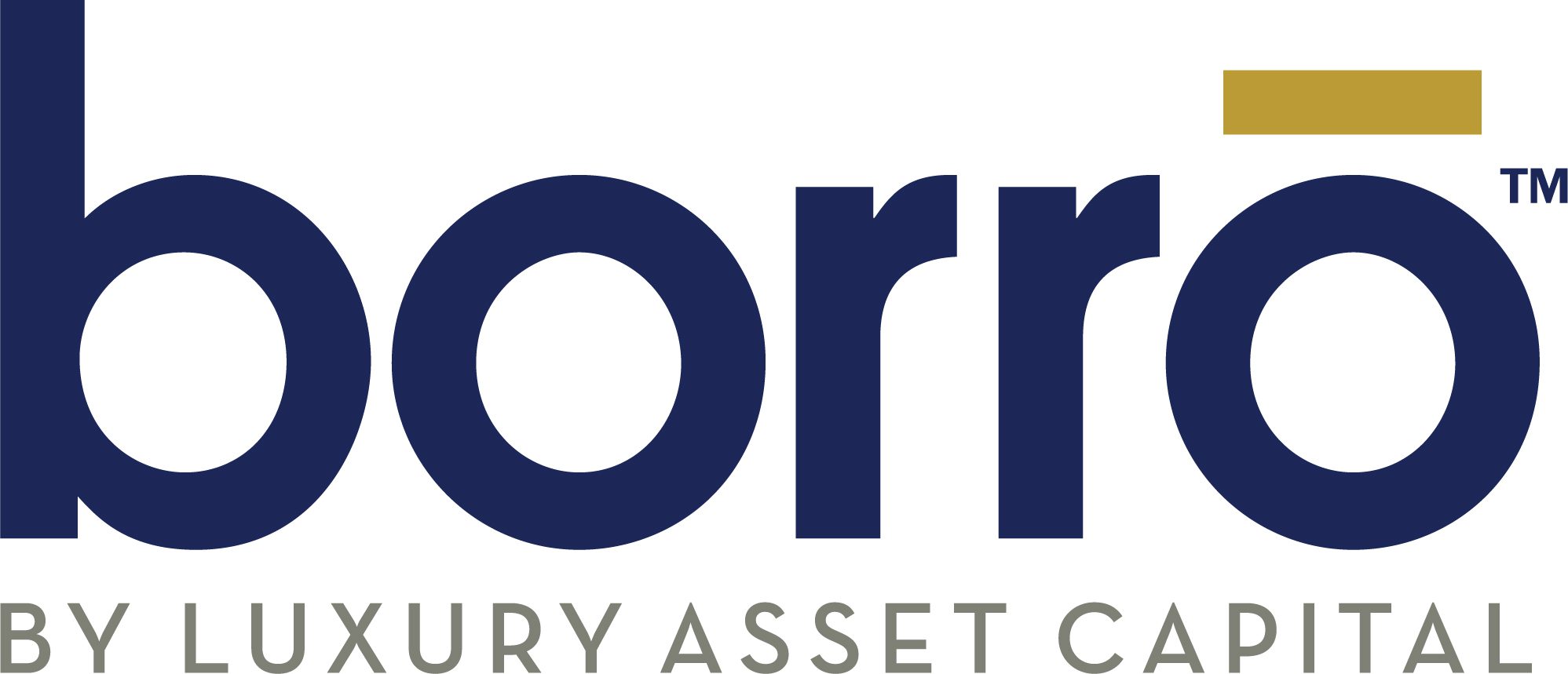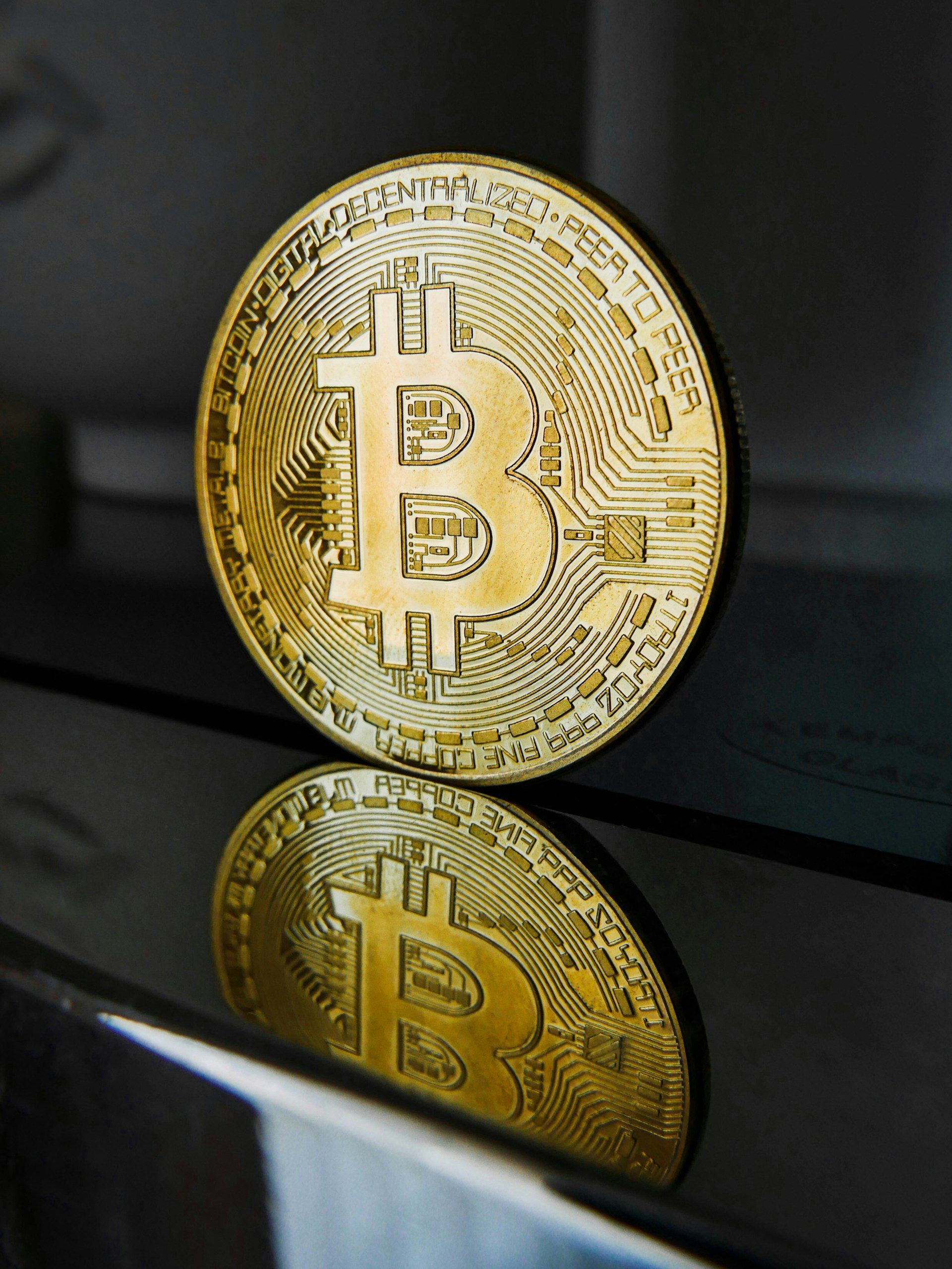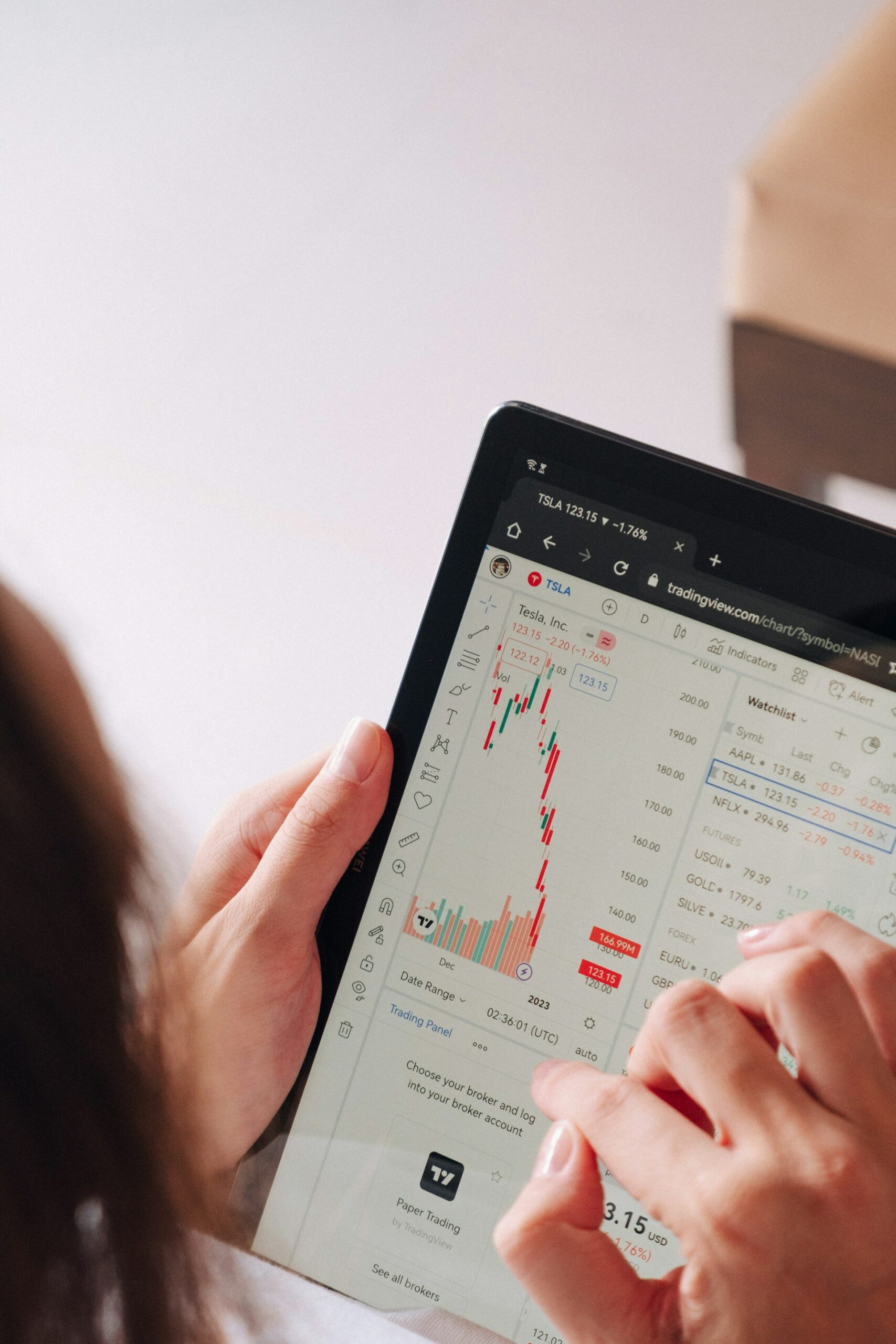Back in 1989, when William Sokolin famously broke a purported bottle of 1787 Chateau Margaux previously owned by Thomas Jefferson—a fake it turned out, he did more than breaking a potentially valuable bottle of wine. He also probably broke the law. Sokolin had taken the bottle on consignment from an English merchant and was trying to sell it in New York. In 1989, however, it was still illegal to sell wine in New York on consignment. It was also illegal to sell wine at auction. A secondary market existed, but it was a shadowy world of sales among collectors, all illegal. Auction sales finally became legal in New York in 1993, and the first sale was held in 1994.
Fast forward thirteen years. In 2007 there were five auction houses in New York alone that sold in total almost $150 million of wine. With impressive growth, New York began outselling London, the previous center of the auction wine trade, in 1999. From that year on the U.S. dominated the global wine auction market, until 2010 that is. In 2008 Hong Kong lifted its 40% import tax on wine, and its auction market exploded. Within one-year Asian wine, auction totals had surpassed Europe’s, and in two years they surpassed those of the U.S. The global market readjusted starting in 2013, with the U.S. regaining the primary spot and Asia receding to second place, albeit by a wide margin over Europe.
Borro lends against luxury assets in your collection.





